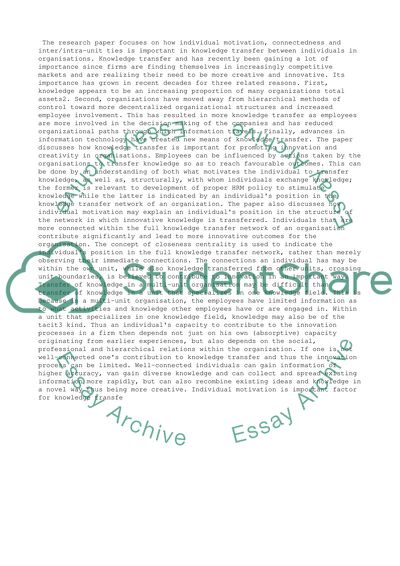Cite this document
(“Assignment 2 (Management Quantitative Methods) Essay”, n.d.)
Assignment 2 (Management Quantitative Methods) Essay. Retrieved from https://studentshare.org/management/1491913-assignment
Assignment 2 (Management Quantitative Methods) Essay. Retrieved from https://studentshare.org/management/1491913-assignment
(Assignment 2 (Management Quantitative Methods) Essay)
Assignment 2 (Management Quantitative Methods) Essay. https://studentshare.org/management/1491913-assignment.
Assignment 2 (Management Quantitative Methods) Essay. https://studentshare.org/management/1491913-assignment.
“Assignment 2 (Management Quantitative Methods) Essay”, n.d. https://studentshare.org/management/1491913-assignment.


